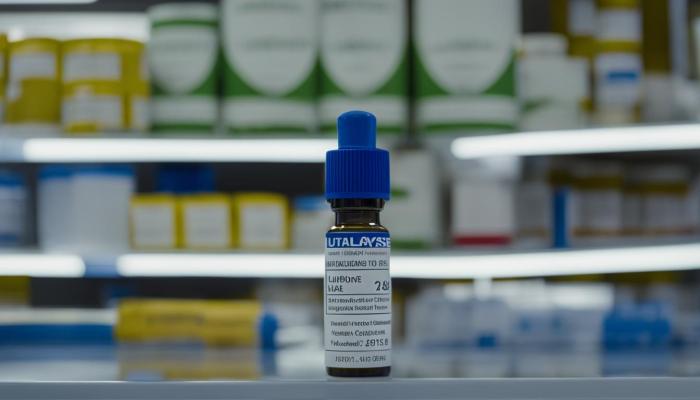Does Lutalyse need to be refrigerated? This question is crucial for maintaining the potency and stability of this widely used medication. Understanding the optimal storage conditions for Lutalyse is essential to ensure its effectiveness and prevent any potential adverse effects.
Lutalyse is a synthetic prostaglandin analog commonly used in veterinary medicine to induce luteolysis, or the breakdown of the corpus luteum. Proper storage of Lutalyse is paramount to preserve its pharmacological properties and prevent degradation.
Storage Conditions for Lutalyse

Lutalyse is a prostaglandin analog used for inducing luteolysis in cattle. Proper storage conditions are crucial for maintaining its potency and stability.
Optimal Storage Temperature Range
Lutalyse should be stored at temperatures between 36°F (2°C) and 46°F (8°C). Exposure to extreme temperatures outside this range can affect its stability and efficacy.
Effects of Extreme Temperatures
Freezing temperatures can damage Lutalyse and reduce its potency. Temperatures above 46°F (8°C) can accelerate its degradation, leading to reduced effectiveness.
Proper Storage Practices
To ensure optimal storage conditions, Lutalyse should be:
- Stored in a refrigerator between 36°F (2°C) and 46°F (8°C).
- Protected from light and moisture.
- Not frozen or exposed to temperatures above 46°F (8°C).
Lutalyse Refrigeration Requirements

Lutalyse requires refrigeration for maintaining its potency. The active ingredient in Lutalyse, dinoprost tromethamine, is sensitive to degradation at temperatures above 46°F (8°C).
Reasons for Refrigeration
Refrigeration slows down the degradation process, extending the shelf life of Lutalyse. It prevents the formation of degradation products that can reduce its effectiveness.
Consequences of Not Refrigerating
Not refrigerating Lutalyse can lead to:
- Reduced potency and efficacy.
- Formation of degradation products that can be harmful to animals.
- Shortened shelf life.
Lutalyse Stability and Shelf Life
Under recommended storage conditions, Lutalyse has a shelf life of 24 months.
Factors Affecting Stability
Factors that can affect Lutalyse’s stability include:
- Temperature
- Light
- Moisture
Monitoring Stability
The stability of Lutalyse can be monitored by:
- Visual inspection for discoloration or cloudiness.
- pH testing.
- HPLC analysis.
Alternative Storage Methods: Does Lutalyse Need To Be Refrigerated

In cases where refrigeration is not feasible, alternative storage methods for Lutalyse include:
Controlled Room Temperature
Lutalyse can be stored at controlled room temperature (68°F to 77°F) for up to 6 months. However, this method may reduce its shelf life and should be used only as a temporary measure.
Freezing, Does lutalyse need to be refrigerated
Lutalyse can be frozen for up to 12 months. However, freezing and thawing can damage the product, and it is recommended to avoid this method if possible.
Pros and Cons
| Storage Method | Pros | Cons ||—|—|—|| Refrigeration | Maintains potency | Requires refrigeration equipment || Controlled Room Temperature | Convenient | Reduced shelf life || Freezing | Extended shelf life | Can damage product |
FAQs
Can Lutalyse be stored at room temperature?
No, Lutalyse should be refrigerated at 2-8°C (36-46°F) to maintain its potency and stability.
How long is Lutalyse stable after reconstitution?
Reconstituted Lutalyse should be used immediately or within 24 hours if stored at 2-8°C (36-46°F).
What are the signs of Lutalyse degradation?
Degraded Lutalyse may appear cloudy, discolored, or contain particles. It should not be used if any of these signs are present.
